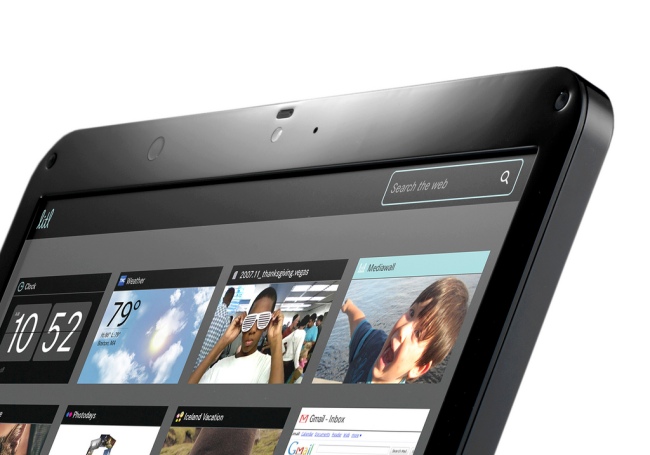We use computers to communicate, get news, find/research/buy things, watch/read/listen to stuff, create or edit things, and play games. To do so, we install user programs such as web browsers, mail programs, productivity suites (such as Microsoft Office for spreadsheets, writing, and presentations) and so on. Installing, storing, running, updating, and eventually removing every program we users might want complicates a computer. Each program uses files, all of which the computer has to manage. And programs tend to create more files (like a letter we type in a word processor), which we then expect to be able to find, store, organize, and sometimes (hopefully only when we’re done) delete. Some programs, like viruses, exploit this complexity to harm computers, so we complicate computers even further to secure them.
At my work (and the work of lots of others) a computer expert is just a call away if there’s a problem, so this complexity isn’t usually so bad. Alone at home, though, problems can grind us to a halt; it’s beond frustrating.
Consider that a computer can enable our activities in two ways: using programs on our local computers or available to us via the web. Gmail and Yahoo mail aren’t installed on our machines, but services we get to by browsing the web. Netflix can stream a movie and Pandora a song about as easily as a program installed on a computer can play a movie or song. Games can be played online or installed on a computer; the same applies to writing, managing numbers, and developing presentations.
Now for the leap.
If a web browser can access web programs and services that do the things we want, we could simplify a computer by getting rid of all user programs but the web browser. Such a computer wouldn’t need a desktop to start programs from; it would be ready to browse when started. Relying on internet services rather than local programs, a computer could still serve us so much more simply…and with vastly fewer things to go wrong, arguably it could serve us better. I see this as the litl value proposition.

Photo courtesy of BasicGov (http://www.flickr.com/photos/basicgov/with/4248243629/)
Some object to relying on a nebulous “set of providers out there somewhere” (“the cloud”) to store things of importance. The best analogy I know is that we put our money in “the cloud” so we can go to any bank, any ATM, any gas station pump and access our money instantly. Yes, there’s some risk involved, but rejecting cloud computing is akin to saying we want to keep it locked in a box in our home…


